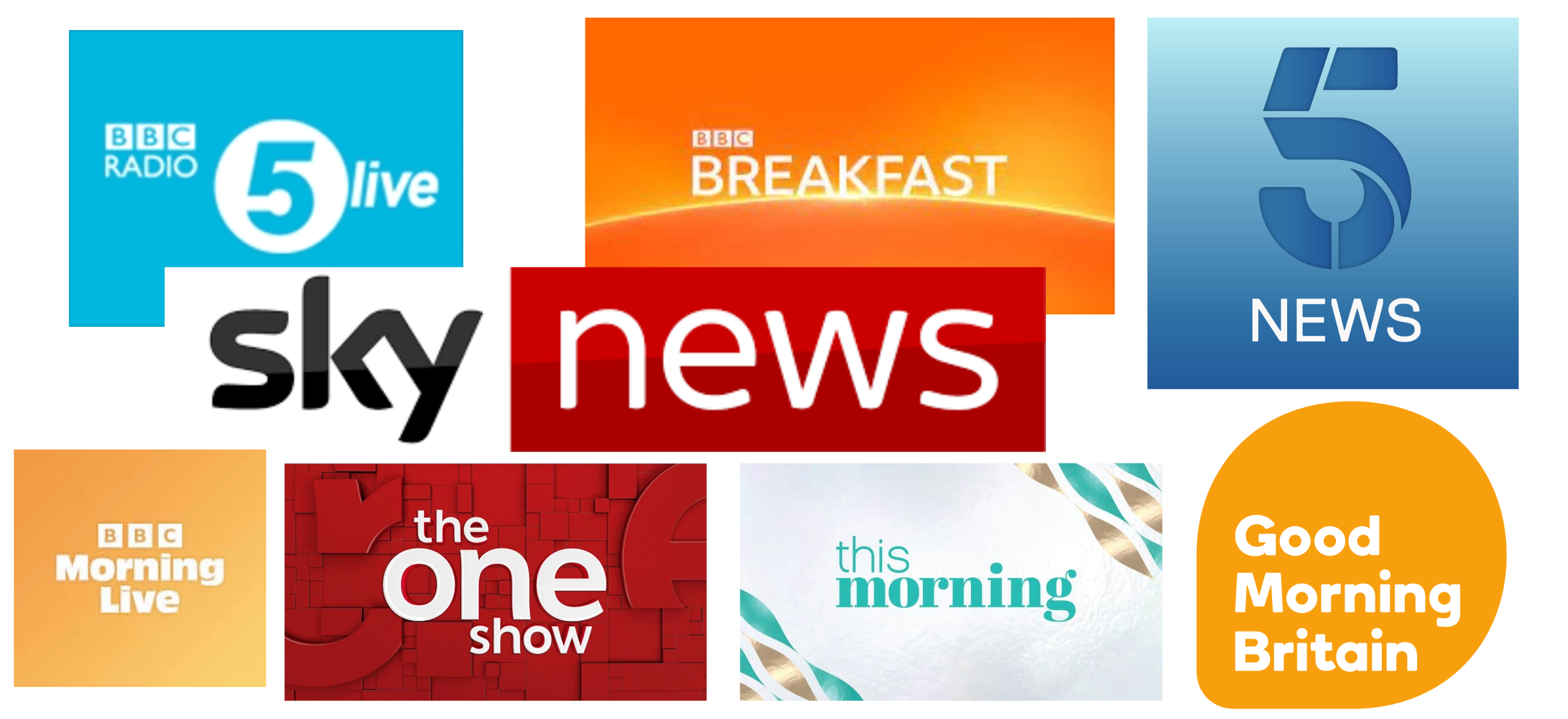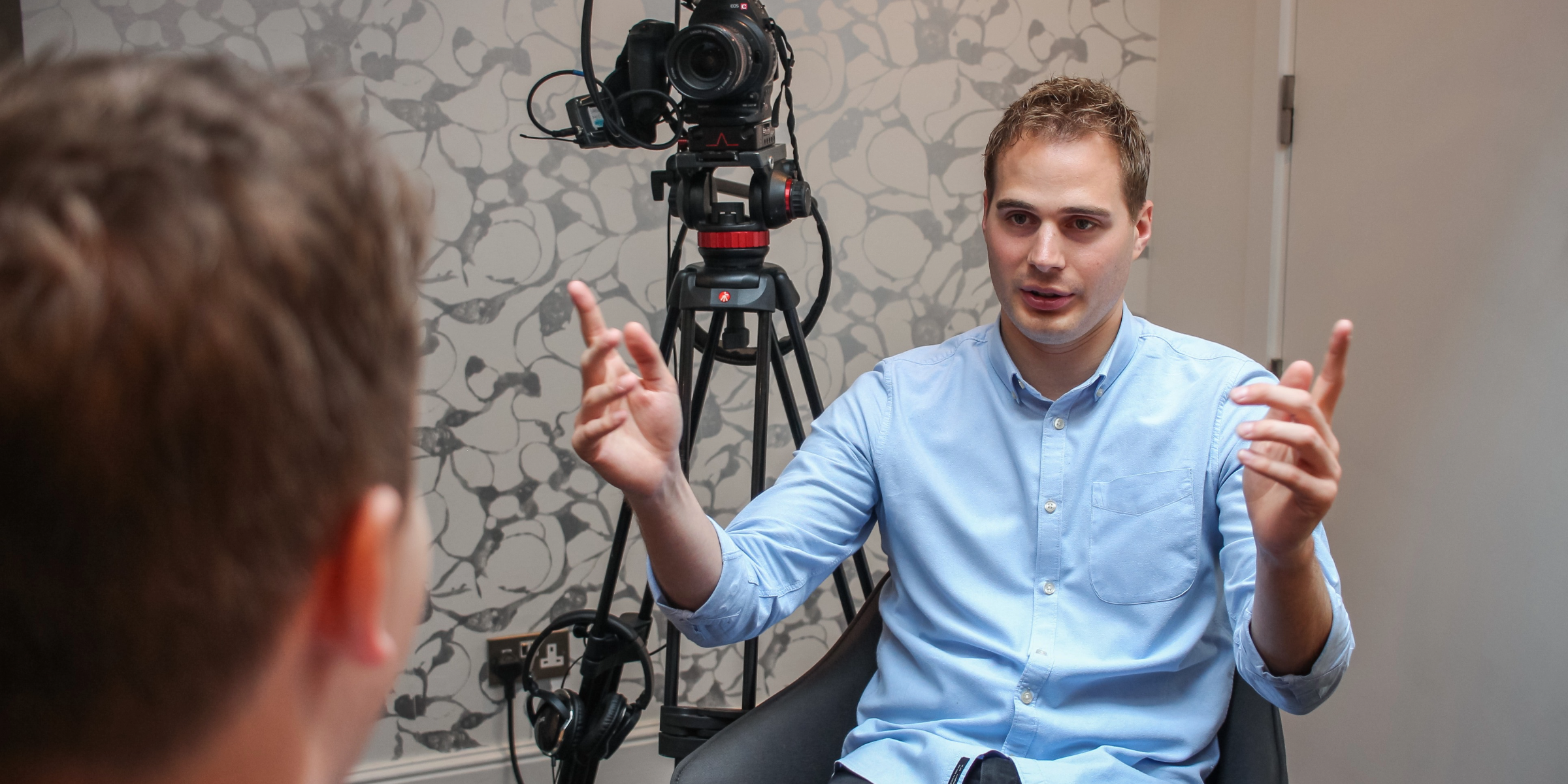TV – an excellent PR channel to utilise
A good TV PR strategy is so often the cherry on the campaign cake. Nothing beats the exposure and impact even a single appearance on TV can generate. As a viewer, TV taps into all our senses. The combination of audio and visual content means we potentially absorb more information that we can
ever do from print, online or radio. It stimulates us emotionally. That means TV audiences have a much greater rate of engagement. Specifically though, there are several strong reasons why you might target TV channel for PR purposes.
Increase brand awareness
Although audience figures for TV have been eroded by competition from online, they are still huge. In April this year ITV said GMB enjoys daily peak audiences of more than a million people a day – and this number increases when there’s bad weather or a breaking news story. BBC Breakfast meanwhile tops the competition with a weekly reach of 6.5 million.
Contrast this to newspapers. According to the Press Gazette, in September 2024, the Daily Mail had a circulation of 672K, the Metro had 950K and The Express 133k. The Times, The Sun and The Telegraph meanwhile, have chosen to keep their circulation numbers private since 2020, as have The Observer and The Guardian since September 2021, which speaks volumes!
So, if you’re seeking to increase brand awareness, targeting TV channels for PR is an extremely effective way of reaching an awful lot of people.
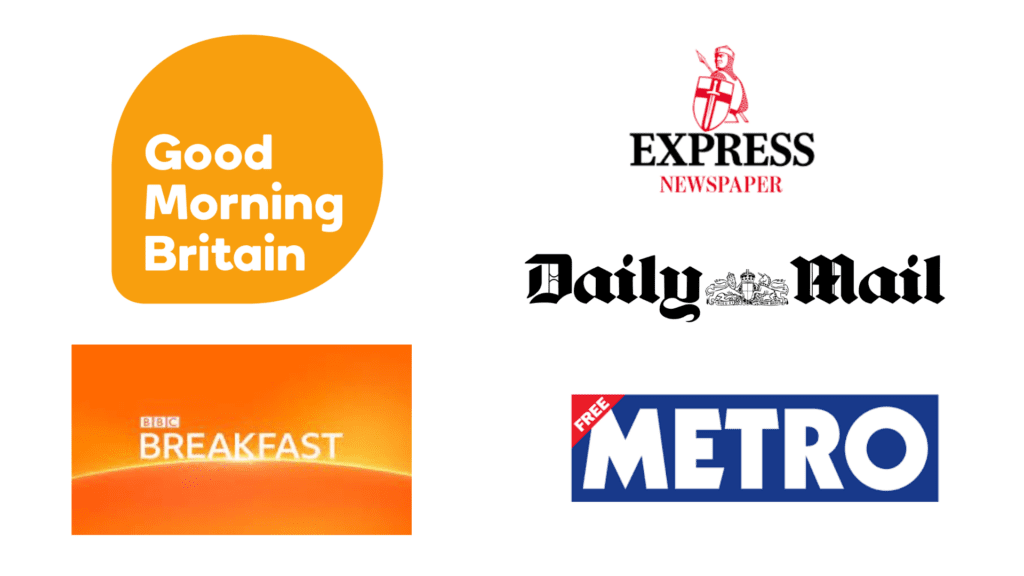
Promote a specific story
TV channels have a big appetite for PR stories. Cutbacks in newsrooms, at national and regional levels have helped this. Broadcasters no longer have a cast of hundreds – crews, reporters, producers, sitting around waiting to be sent out on a story. Instead, so often the news gathering team can be desk bound.
Broadcast news will always cover the “must have” stories, the ones that make the top 3 or 4 slots at the top of the news bulletin. But mid bulletin there is often space for a PR story. Our tip is to put all the ingredients a broadcast journalist might want on a plate – a story with a strong top line, an available and engaging spokesperson, and pictures (either in the form of a B-Roll, or an opportunity for TV news to film for themselves). If you make it easy for them, they’re much more likely to say yes.
The news agenda has been extraordinarily busy, really since Covid. As I write this Syria is dominating the news, but before this we’ve had Gaza, not to mention the UK budget and the US elections. But viewers get weary of “big stories”, particularly when those big stories are so often grim, and journalists look to provide their audiences with some light stories to contrast with the darker ones. This is often a great opportunity for a softer PR story.

Glitz and glamour
There’s something about seeing a spokesperson on screen that makes TV PR so powerful – it sends people into a flutter. Perhaps because opportunities are fewer and harder fought over, but SEEING someone on screen, moving and speaking, is much more impactful than reading a quote from them or seeing a still.
When we first set up Shout! Communications, pre-digital, when video was recorded on tape, the sign of a successful television PR campaign could be measured by how many copies of the coverage the CEO ordered from the video production team. Two for marketing, one for the records and another to give his or her mother!
Some of the TV channels that offer good PR opportunities
The majority of television PR opportunities we secure land on news, or, sometimes, daytime programming. Occasionally we find opportunities on longer lead programmes, for example, BBC One’s The Apprentice, but in our opinion, news is a better option. Often news is live so that gives much more opportunity for branding. The effort to reward ratio is therefore much more balanced.
The good news is that there are some great opportunities out there to support your TV PR strategy. The earlier in the day the better the opportunity. You have a much better chance earlier on in the day, than later, because there are fewer organic news stories to compete with.
Here are some of the best TV channels for PR that we particularly like and find more receptive to public relations stories:
BBC Breakfast
Broadcast daily between 06:00 and 09:00, the programme is a mix of news, sport, weather, business and feature items. It’s been based in Media City in Salford since 2012 – so it really helps if your sourced spokesperson is well prepared to travel to Manchester.
The programme attracts an ABC1 audience that averages 6.5 million viewers a week, but can reach as high as 9 million during extreme weather, or big, breaking news stories.
BBC Breakfast is mainstream news. Viewers tune in to get a brief overview of what’s happening in the UK particularly and the world in general. The programme assumes that viewers will dip into the programme for just a short period of time which is why there’s a revolving conveyor belt of news, sport, business and weather.
The timing of the show, however, can be played to a TV PR’s strategy, because only so much of the programme will be organically breaking news, leaving a large proportion of it to be filled with “diary” and PR stories.
BBC Breakfast wants stories that appeal to a large audience – personal finance, health, education, politics all tick those boxes. They also love a story that is quintessentially “British”. A good example is potholes! For several years we have supported James Reed PR and their client the Asphalt Industry Alliance with their annual report about the state of the roads. Of course that’s going to appeal to a large audience, because everyone travels on the roads.
The programme also loved the story we supported with map company Ordnance Survey. The story looked at how British walkers are losing the art of map reading, as part of National Map Reading Week. In fact BBC Breakfast loved it so much that they invited our two spokespeople into their studio, Comedian and YouTube Star, Jay Foreman, who is one half of Map Men; and Ordnance Survey MD Nick Giles.
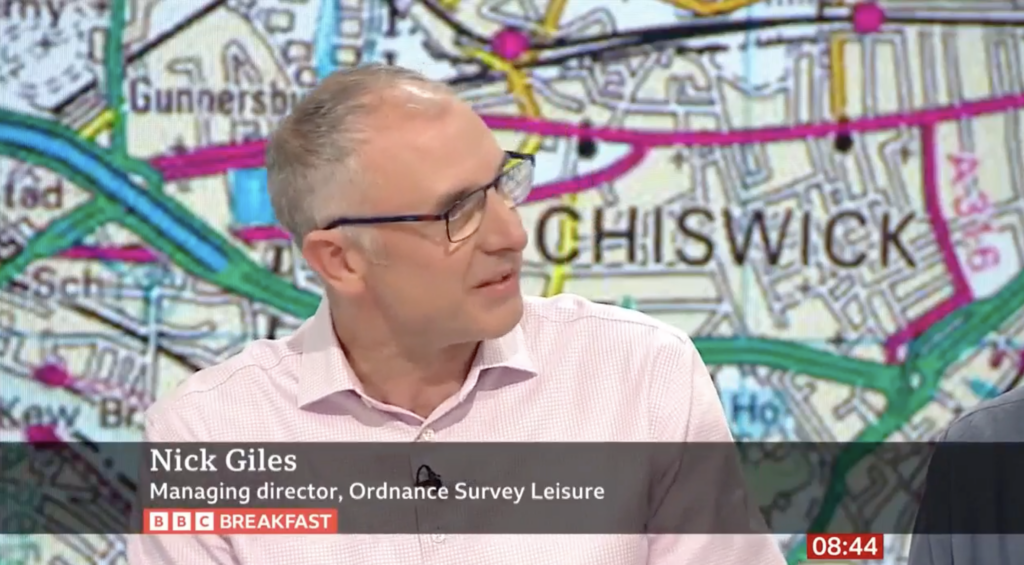
ITV’s GMB
ITV’s Good Morning Britain programme is a long-standing UK TV channel PR opportunity. GMB vies neck and neck with BBC Breakfast for an early morning audience, but the content of their programme is quite different. The audience, which is younger than that of BBC Breakfast, wants to know what’s going on in the world, but they’re definitely not news junkies.
There’s a family feel to the show and the programme is particularly interested in human interest stories and case studies. That’s why stories about health, education and children go down well. They also love a celebrity spokesperson – although any celebrity fronting a PR campaign needs to have a genuine link to the cause.
GMB is informative but any serious stories are more than matched with lighter, fun, feature stories. The programme features a debate each day – on all sorts of subjects and producers are receptive to listening to ideas from PR contributors.
ITV says in 2024 GMB has been reaching an average of 5.4 million viewers a week, with a high of 5.8 million. It has been streamed 18 million times and see daily peak audiences of more than a million.
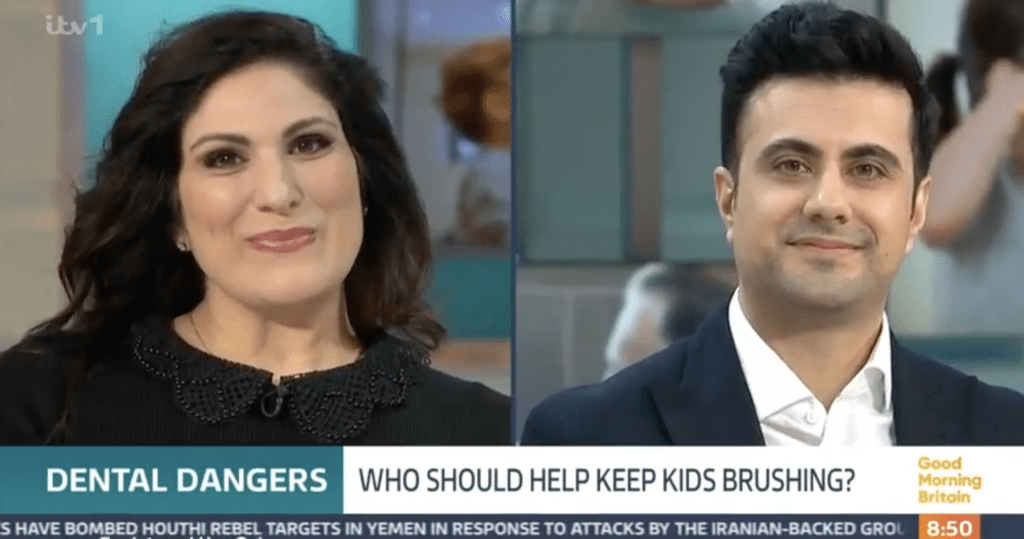
Sky News Breakfast
Sky News Breakfast is another excellent UK TV channel for PR coverage, having developed a fresh approach since the start of 2024. It begins at 06:00 with an hour’s worth of hard news, presented by Gareth Barlow and political correspondent Mhari Aurora. They remain in the studio for Breakfast with Kay Burley, while Burley conducts the morning’s big interviews. These focus on the news agenda of the day and are often political — but there’s still some room for lighter, PR stories too.
The programme offers a serious look at the news story of the day, but with a relaxed delivery. Guests come across best when they can mirror this style. Across TV, online and their app they reach over 25 million people in the UK each month.
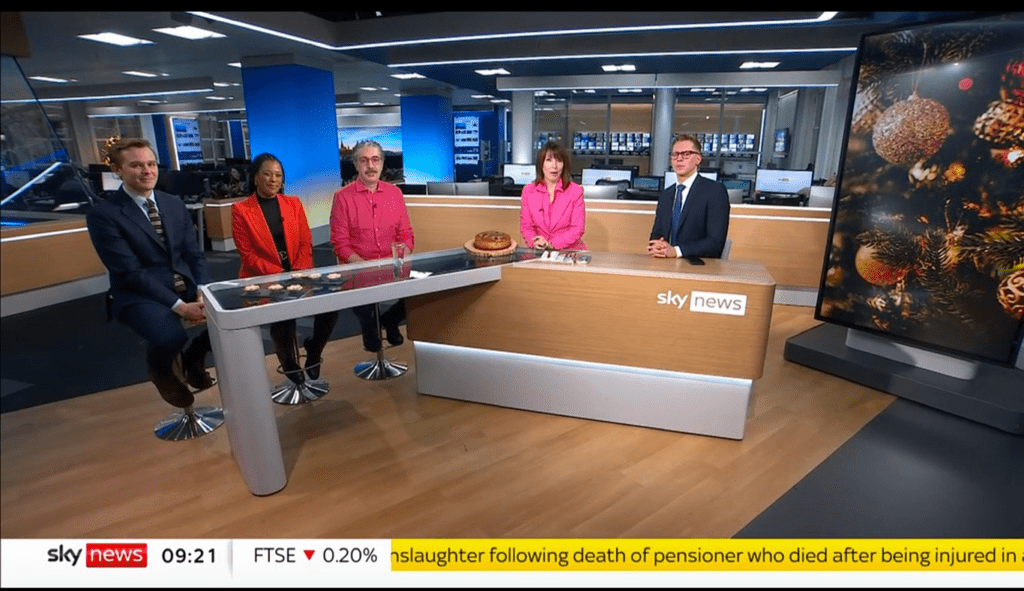
Channel 5 News
Channel 5 News will cover the main stories of the day, but they love a celebrity and a dog story too. It’s the only linear channel to have grown its audience over the last five years.
Presented by former BBC Breakfast presenter Dan Walker, Channel 5 News claims to reach different audiences to other news outlets. It’s goal is to put “people across Britain at the heart of the story.” It achieves this by using its team to speak to people at local level across the UK. In particular they want to hear how communities are impacted by political and economic decisions. Channel 5 News offers a daily hour-long programme at 17:00 which is watched by more than a million viewers.

Lunchtime shows including BBC One and ITV’s lunchtime shows
News programmes at lunchtime reflect the audience broadcasters believe are at home watching TV at this time. That includes parents and retired people, therefore there is an appetite from these programmes for health and education stories, as well as the main stories of the day. All broadcasters love a case study, but for these shows they are critical.
Daytime programming
Whilst most of the coverage we secure for our PR clients is on the news, there are also TV PR opportunities on daytime programming, including ITV’s This Morning and Lorraine, and the BBC’s Morning Live and the One Show.
These shows are hard to get on, they don’t always give you the branding you might want but they do have loyal and often large audiences. ITV is more likely to give you celebrity gossip and shopping tips, the BBC covers broader, more feature like stories and has a large appetite for consumer rights stories. All of them regularly tap into cost-of-living issues.
Each has a bank of experts – quasi reporters, such as doctors, finance advisors and vets. Sometimes it’s possible to introduce a new expert to them but this takes time and you need to find a subject area that’s not already been covered.
Loose Women, meanwhile, will only interview well-known names – really, they need to come under the celebrity category, or at least be presenting themselves on national TV. Chris Packham is a good example of this, and someone we placed on the programme as part of a PR campaign.
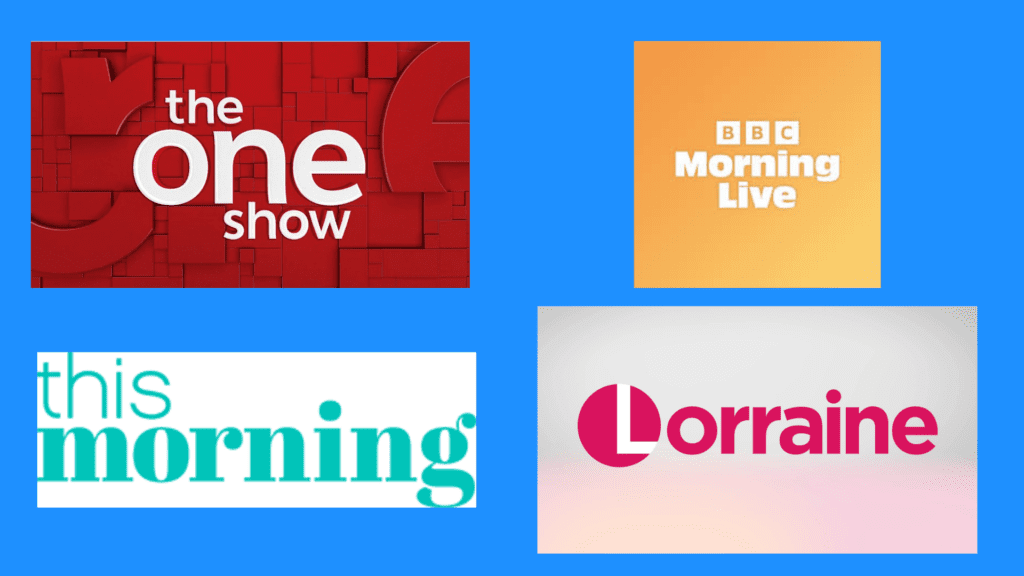
TV channels to avoid
It’s not so much that we say avoid Channel 4 News, we just believe there are very few PR opportunities here. From the outset Channel 4 was set up as an alternative channel and its daily news programme has the same criteria. In fact, it’s a requirement of its license to offer something different to its competition.
In over 20 years of placing clients on TV I can only recount a handful of stories that we’ve placed on Channel 4 News. They have to be stories of significance rather than obvious PR puffs. The Electoral Commission, introducing a new way to count votes, is one such example.
All too much? We hope our post inspired you with TV PR insights and you now have a good idea of TV channels to target for your next campaign. When you get the coverage, the rewards are huge, but TV PR can be a minefield to navigate. If you need some expert help contact our media relations team on 020 7240 7373.
Get in Touch
